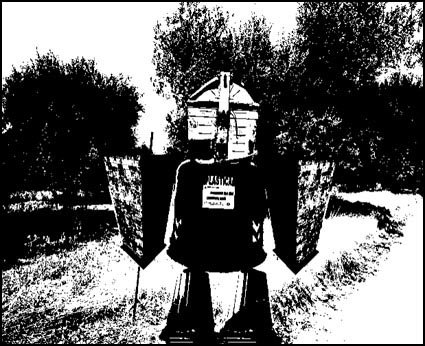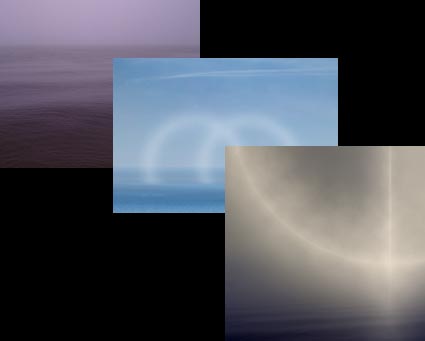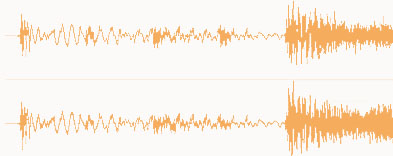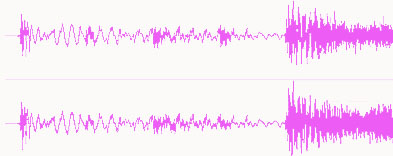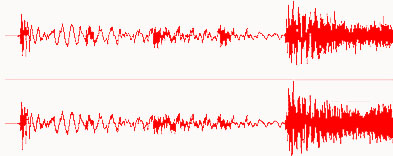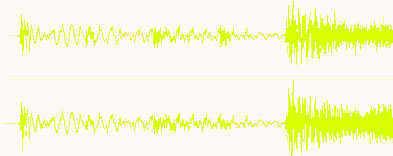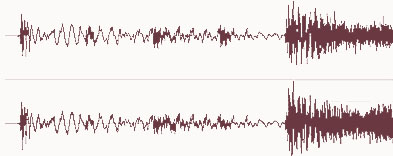
Take a Break
Stuck? Take a break!
When the solution to a problem eludes you … Go for coffee. Take a walk. Take a nap. Sleep on it. Sometimes, you may need to do this for many days in a row.
Often, taking a break works best after you’ve done the necessary preparation or research on a given problem. Get the known (what you know and what others know about a particular challenge) out on the table and into the light of the day. Finding the know will help you find the unknown. You’ll identify all the involved components and become more aware of what’s missing. But, the unknown usually won’t come to you when you are in an analytic state. It usually comes whey you are in a receptive state. Taking a break creates a space that you will fill naturally. Nature abhors a vacuum. Use this to your advantage.
Really let go. Get the problem completely off of your mind (which means out of your field of vision). If you find you can’t stop your mind, do something else with your full attention. You may be so fixated on a problem that to get your mind off it, you have to make yourself do something else that’s entertaining, exciting, or challenging.
You might think letting go is a sign of a lack of commitment or a form of quitting. It’s not. Many times it’s an absolutely necessity. It’s a way of taking a necessary rest. At some point, everyone and everything needs rest – even your mind.
Once you’ve had the experience of benefitting from letting go, doing it again will become easier for you.
Learn to be more creative.
Energize your creative life.
